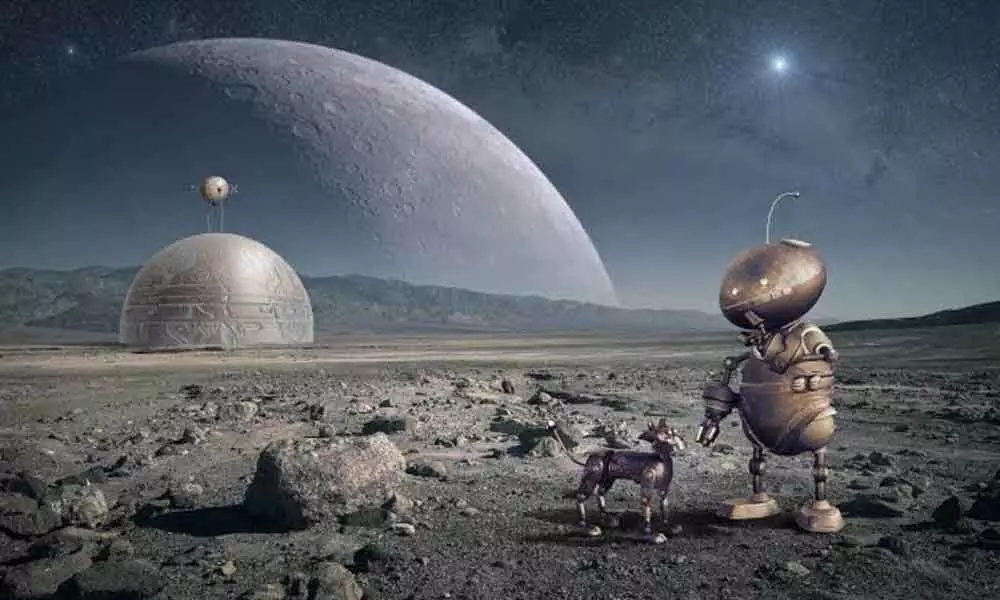Live
- Applications invited for awards to Christian organisations
- Funds allocated for development works: Collector Venkatesh Dhotre
- Govt Whip lays foundation for several development works
- Botcha distributes cheques to diarrhoea victims’ kin
- Horoscope Today: November 27, 2024. Get Your Horoscope for All Zodiac Signs
- Are strict laws needed to ensure MLAs attend Assembly sessions?
- Special prayers held at Devatparambu ahead of Kodava National Day
- Theft in Tirumala temple’s hundi caught on camera
- Sharmila takes out rally to mark Constitution Day
- Bypoll results not a mandate for the State govt: Bommai
Just In
Robots may cut cost of repairing broken satellites in space


As sending humans to space to repair broken satellites is very expensive, researchers are working on robotic satellites that can dock with other satellites for repairs or refuelling.
As sending humans to space to repair broken satellites is very expensive, researchers are working on robotic satellites that can dock with other satellites for repairs or refuelling.
"Big commercial satellites are costly. They run out of fuel or malfunction or break down," said Ou Ma, Professor at University of Cincinnati in the US.
The most useful repair satellite will be able to complete multiple tasks, Ma said.
In his lab, Ma and University of Cincinnati senior research associate Anoop Sathyan are developing robotic networks that can work independently but collaborativly on a common task.
For their latest study, the researchers put a group of robots to the test with a novel game that uses strings to move an attached token to a designated spot on a table.
Since the robots each control just one string, they need the other robots' cooperation to move the token to the right spot by increasing or relaxing tension on the string in response to each robot's actions.
Using an artificial intelligence called genetic fuzzy logic, the researchers were able to get three robots and then five robots to move the token where the researchers wanted.
The findings published in the journal Robotica showed that by using five robots, the collective could accomplish the task even if one of the robots malfunctioned.
"This will be especially true for problems with larger numbers of robots where the liability of an individual robot will be low," the researchers concluded.
Ma said a million things can go wrong with every satellite launch. But for most of those glitches, nothing can be done once the satellite is deployed.
A $400 million Intelsat satellite the size of a small school bus malfunctioned this year after reaching a high elliptical orbit, according to SpaceNews.
Perhaps the most famous satellite glitch of all time occurred in 1990 when the Hubble Space Telescope was deployed only for NASA to learn its pricy mirror was warped.
A subsequent repair mission aboard the space shuttle Endeavor in 1993 replaced the mirror to provide astonishing images of the universe.
Sending humans to space for satellite repairs is prohibitively expensive, Ma said.
Four subsequent Hubble service missions costing billions of dollars combined were performed by astronauts from the space shuttle.
NASA is also working on finding better solutions for repairing satellites stranded in space. In 2022, the agency will launch a satellite capable of refuelling other satellites in low Earth orbit.
The goal is to intercept and refuel a US government satellite. The project called Restore-L is expected to provide proof of concept for autonomous satellite repairs, NASA said.

© 2024 Hyderabad Media House Limited/The Hans India. All rights reserved. Powered by hocalwire.com






